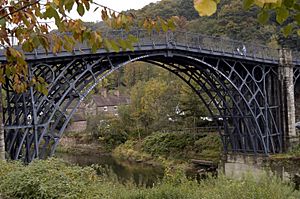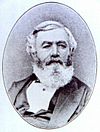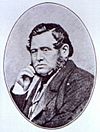Ironmaster facts for kids
An ironmaster was a person who managed and often owned a factory that made iron. These factories were called forges or blast furnaces. The term "ironmaster" was mostly used during the Industrial Revolution, especially in Great Britain.
Ironmasters were usually important business owners. They often lived in large country houses. Making iron needed many workers. So, many people depended on these iron factories for their jobs.
Ironmasters existed from the 1600s. But they became much more important during the Industrial Revolution. This was when the iron industry in Britain grew very fast.
Contents
Famous Ironmasters from the 1600s
One early ironmaster was John Winter (around 1600–1676). He owned many iron-making sites in the Forest of Dean. During the English Civil War, he made cannons for King Charles I.
After the war, Winter worked more on the iron industry. He tried new ways to make coke for smelting iron. This helped set the stage for Abraham Darby I. Darby later successfully used coke to make iron.
Key Ironmasters of the 1700s
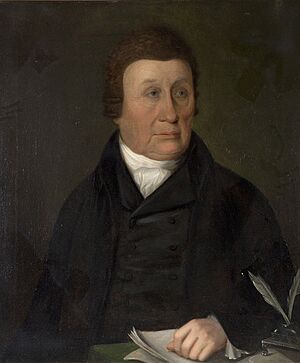
The Darby Family: Iron Pioneers
Three generations of the Darby family were very important. They all helped develop the English iron industry. Their factories were in Coalbrookdale, Shropshire.
They made big improvements in how iron was made. This allowed for huge amounts of iron to be produced. This iron was key for building steam engines and railways. Their most famous invention was The Iron Bridge.
John Wilkinson: The Iron King
John Wilkinson (1728–1808) was a very famous ironmaster. Some people even called him "iron mad." He loved iron so much he even made cast iron coffins!
Wilkinson invented a way to drill very precise iron cylinders. These were first used to make cannons. Later, his method helped make James Watt's first steam engines.
Samuel Van Leer: A Revolutionary Ironmaster
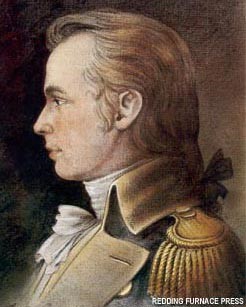
Samuel Van Leer was a well-known ironmaster during the American Revolutionary War. He was also an officer in the United States Army. He joined the military in 1775 with his neighbor, General Anthony Wayne.
Van Leer's factory, Reading Furnace, made cannons and cannonballs. These were supplied to the Continental Army. His furnace was a major center for making iron in the colonies. It is also linked to the Franklin Stove.
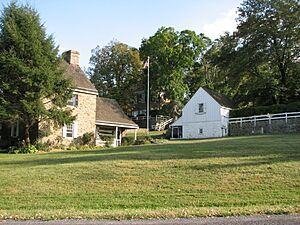
After the Battle of Brandywine, George Washington's army came to Reading Furnace. They needed to repair their muskets. This location was even a temporary headquarters for George Washington. Van Leer's children also joined the iron business.
Important Ironmasters of the 1800s
Lowthian Bell: A Family Legacy in Iron
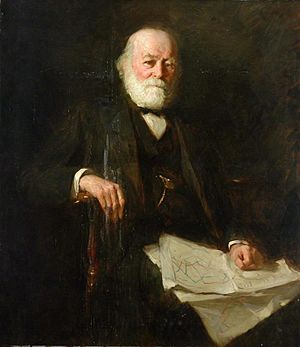
Lowthian Bell (1816–1904) was a strong leader of an iron-making family. His son, Hugh Bell, and grandson, Maurice Bell, also worked in the Bell iron and steel company.
His father, Thomas Bell, helped start Losh, Wilson and Bell. This company made iron and chemicals. Their factories were near Newcastle upon Tyne and in Port Clarence, Middlesbrough. These factories helped these towns and the economy of northeast England grow a lot. Bell became very rich. He owned large homes like Washington New Hall and Rounton Grange.
Henry Bolckow and John Vaughan: Business Partners
Henry Bolckow (1806–1878) and John Vaughan (1799–1868) were business partners and friends for life. They started the company Bolckow Vaughan in Middlesbrough. This became the biggest iron and steel company of the Victorian era.
Bolckow was good with money, and Vaughan was an expert in making iron. They trusted each other completely. Bolckow handled all the money, and Vaughan managed the factory work. At its best, their company was the largest steel producer in Britain, and maybe even the world!
Andrew Handyside: Iron for Everyday Life
Andrew Handyside (1805–1887) was born in Edinburgh. He set up his factory in Derby. There, he made decorative items, bridges, and even pillar boxes (mailboxes). Many of his creations are still around today.
See also


